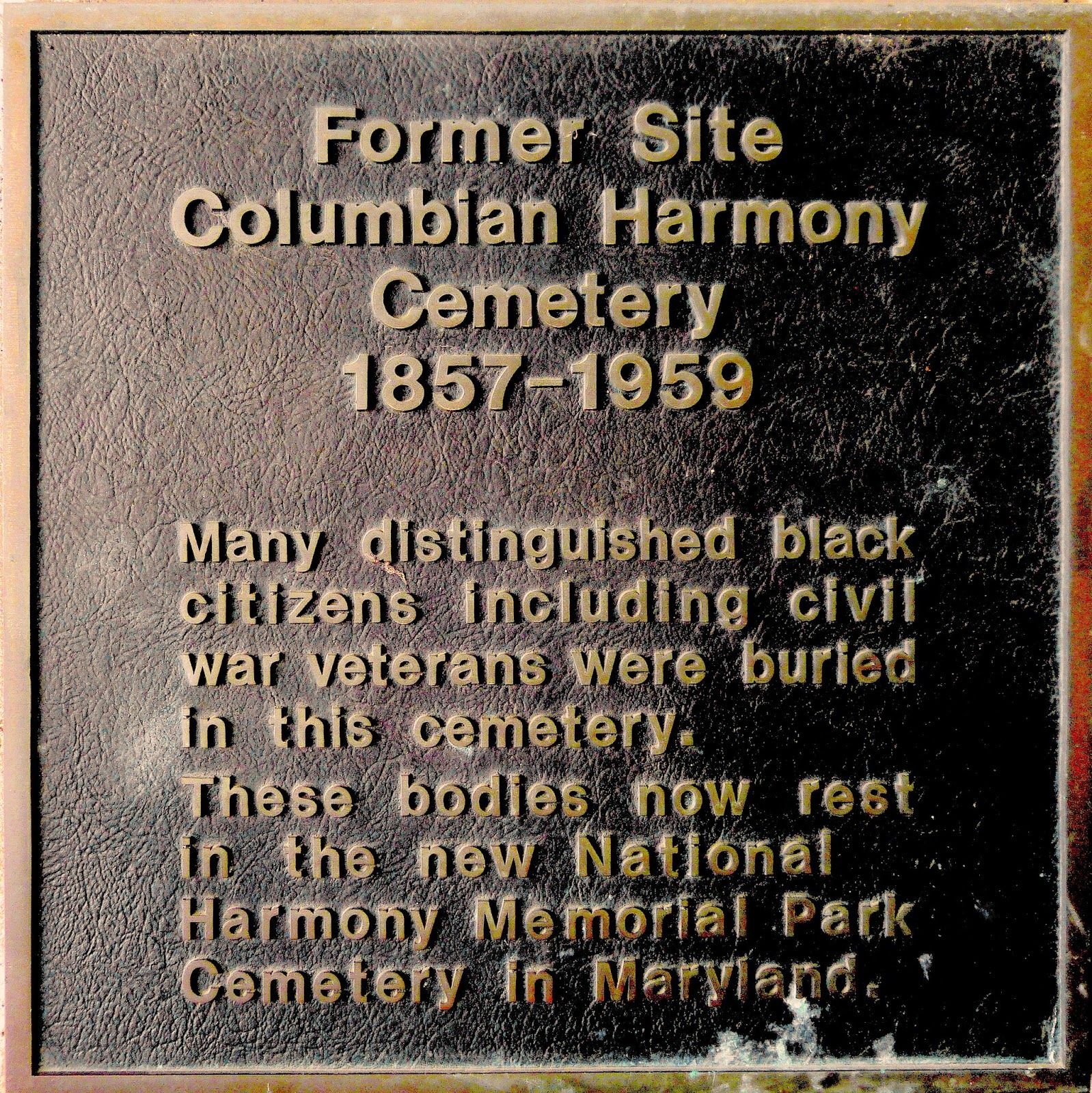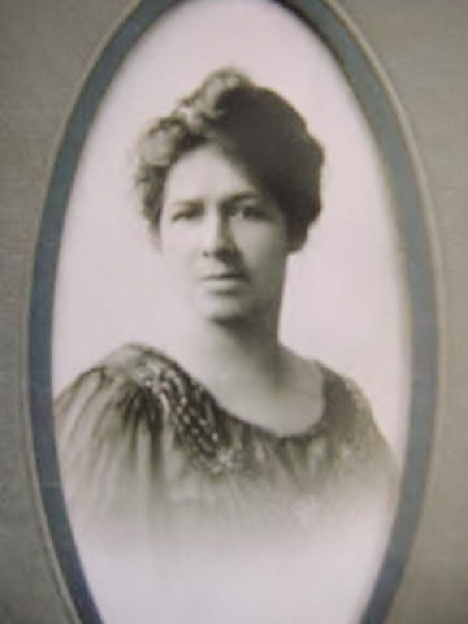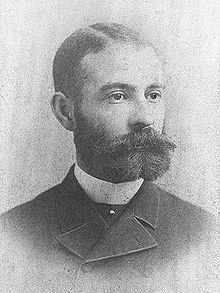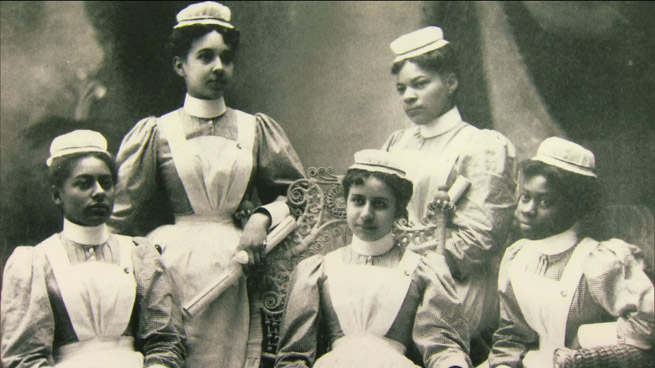Drawing of Duke University campus courtesy of
UPenn
In 1902, when
Julian F. Abele graduated from the University of Pennsylvania with a degree in architecture, he was the school's first-ever black graduate. The debonair Philadelphia-born architect went on to design hundreds of elegant public institutions, Gilded Age mansions, and huge swathes of a prestigious then-whites-only university's campus. Yet the fact that an African-American architect worked on so many significant Beaux Arts-inspired buildings along the East Coast was
virtually unknown until a political protest at Duke, the very university whose gracious campus he largely designed, was held in 1986.
Abele's contributions were not exactly hidden—during that era it was not customary to sign one's own designs— but neither were they publicized. When he died in 1950, after more than four decades as the chief designer at the prolific Philadelphia-based firm of Horace Trumbauer, very few people outside of local architectural circles were familiar with his name or his work. In 1942, when the long-practicing architect finally gained entry to the American Institute of Architects, the director of Philadelphia's Museum of Art, a building which Abele helped conceive in a classical Greek style, called him "one of the most sensitive designers anywhere in America."
The protests at Duke that ended up reviving his reputation had nothing to do with Abele's undeserved obscurity; they were protests against the racist regime in apartheid South Africa. Duke students were infuriated by the school's investments in the country, and built shanties in front of the university's winsome stone chapel, which was modeled after England's Canterbury Cathedral. One student (perhaps majoring in missing the point) wrote an editorial for the college paper complaining about the shacks, which she said violated "our rights as students to a beautiful campus."
Unbeknownst to even the university's administrators, Julian F. Abele's great-grandniece was a sophomore at the college in Durham, North Carolina. Knowing full well that her relative had designed the institution's neo-Gothic west campus and unified its Georgian east campus, Susan Cook wrote into the student newspaper contending that Abele would have supported the divestment rally in front of his beautiful chapel. Her great grand-uncle, who in addition to the chapel designed Duke's library, football stadium, gym, medical school, religion school, hospital, and faculty houses, "was a victim of apartheid in this country" yet the university itself was an example "of what a black man can create given the opportunity," she wrote. Cook
asserted that Abele had created their splendid campus, but had never set foot on it due to the Jim Crow laws of the segregated South.
This was the first time that Abele's role in designing Duke, a whites-only university until 1961, had been acknowledged so publicly. Many school administrators were hearing about him for the very first time. Cook's claim that Abele had never even seen his masterwork up close was devastating. (Accounts differ, however. In 1989, Abele's closest friend from UPenn, the Hungarian Jewish architect Louis Magaziner,
recalled being told by Abele that a Durham hotel had refused him a room when he was visiting the university. A prominent local businessman also remembered Abele coming to town).
Either way, the fact that by the 1980s most people had never even heard of the history-making architect, who designed an estimated 250 buildings while working at the well-known Trumbauer firm, including Harvard University's Widener Memorial library and Philadelphia's Free Library, was even more shocking. Cook's letter led to something of a reckoning. Today, there's a portrait of Abele hanging up at Duke, and the university is currently celebrating the
75th anniversary of the basketball arena he designed, the Cameron Indoor Stadium, which opened this week in 1940.
Raised in Philadelphia as the youngest of eight children of an accomplished family, Abele had excelled in school since early childhood, once winning $15 for his mathematical prowess. But Abele's years at UPenn—first as an undergraduate and then as the school's first black architecture student—took place in a climate that, while not as restrictive as the Jim Crow South, was still very racist. In addition to segregated seating in theaters and on transport, most campus gathering spots and sports teams were closed to African-Americans, and the dining hall and nearby restaurants refused to serve them.
It was an isolating atmosphere, and friendships could be hard to come by. "You spoke perfect English but
no one spoke to you," wrote a woman of color who graduated from UPenn nearly two decades after Abele did. Yet, during his senior year at the university, Abele was elected president of the school's Architectural Society, and he also won student awards for his designs for a post office and a botany museum. His professors evidently thought highly of him: five years after Abele graduated, the head of the school's architecture program tried to lure him away from his firm for a job in California.
Abele's employer at that time, Horace Trumbauer, refused to let him go. He had become invaluable. Trumbauer had hired Abele in 1906 to be the assistant to the Philadelphia firm's chief designer, Frank Seeburger. When Seeburger departed in 1909, Abele ascended to his position. The young architect worked well with Trumbauer, who was self-conscious about his own lack of formal education—he learned the craft of architecture through apprenticeships and avid reading—and who built his firm by hiring very competent underlings.
Abele, a serious man who dressed in impeccable suits, spoke French fluently, and reveled in classical music, was exactly the technically gifted architect, proficient in Beaux Arts building styles, that Trumbauer needed for his team. "I, of course, would not want to lose Mr. Abele," Trumbauer brusquely replied when he was asked, in 1907, to release Abele from his contract. Many accounts describe the firm's artistic vision as Abele's, although dealing with clients and bringing in commissions fell to Trumbauer.
One such client was James Buchanan Duke, the tobacco millionaire who commissioned the Trumbauer firm to design vast residences in New York City and in Somerville, New Jersey for his family (and their 14 servants). The white-marble mansion in Manhattan was modeled on a 17th-century French château, and when it was completed in 1912, the
New York Times declared it the "costliest home" on Fifth Avenue. By 1924, the Trumbauer firm was hired to transform and expand an existing college in Durham, North Carolina into a well-endowed university named after its patron.
Abele would spend the next two decades creating a magisterial campus for a university that he was not even allowed to attend. All his creations were done under the name of the firm. "The lines are all Mr. Trumbauer's," Abele once said. "But the shadows are all mine." But after his boss died of cirrhosis in 1938, the talented architect signed his name to one of his own designs for the very first time. It was for Duke's chapel, the same structure that played a part in reviving his reputation 48 years later.









































